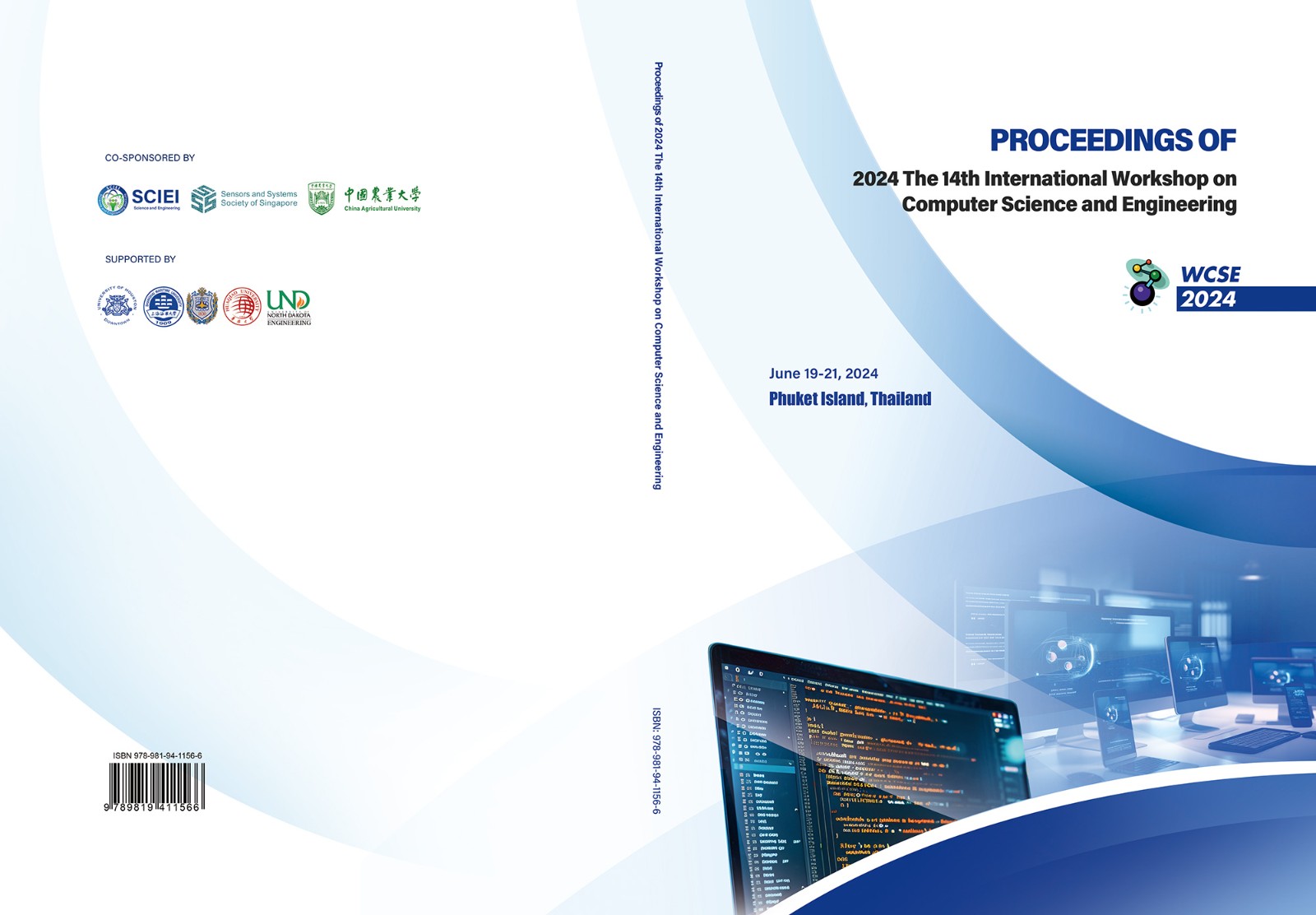DOI: 10.18178/wcse.2024.06.003
Retinal Neovascularization Localization in Optical Coherent Tomography Angiography Images Using Weighted Addition of Vessel Density and Bifurcation Density Maps
Abstract— Retinal neovascularization (RNV) is a pathological condition characterized by the abnormal growth of new blood vessels within the retina. Detecting RNV can be achieved through optical coherence tomography angiography (OCTA), an advanced imaging technology capable of visualizing retinal blood vessels. However, identifying RNVs within OCTA images is particularly challenging due to their varying patterns and sizes and overlapping vascular networks. In this study, we addressed this challenge by extracting features related to vessel density and bifurcation points within the vascular networks to pinpoint regions of interest (ROIs). Our systematic approach led to selecting a single ROI as the RNV region, with its maximum weighted addition of vessel and bifurcation densities as the location for RNV detection. Notably, our method achieved a localization accuracy of 68.29% in the 41 OCTA images with RNV, demonstrating a significant 14.63% improvement in performance over VNet-based localization.
Index Terms— Retinal Neovascularization, RNV, Optical Coherent Tomography Angiography, OCTA, feature maps
Yar Zar Tun
Sirindhorn International Institute of Technology, Thammasat University, THAILAND
Pakinee Aimmanee
Sirindhorn International Institute of Technology, Thammasat University, THAILAND
Cite: Yar Zar Tun, Pakinee Aimmanee, "Retinal Neovascularization Localization in Optical Coherent Tomography Angiography Images Using Weighted Addition of Vessel Density and Bifurcation Density Maps," 2024 The 14th International Workshop on Computer Science and Engineering (WCSE 2024), pp. 16-21, Phuket Island, Thailand, June 19-21, 2024.
